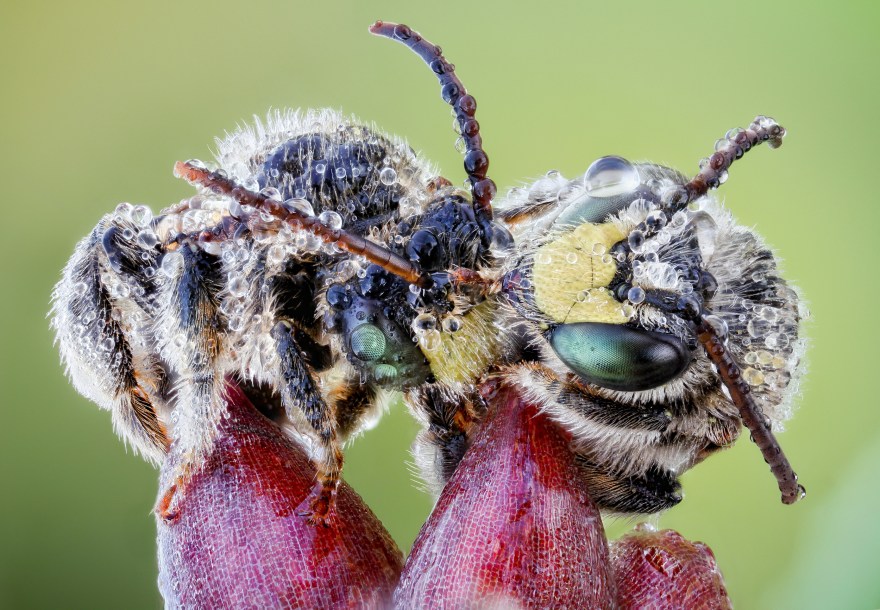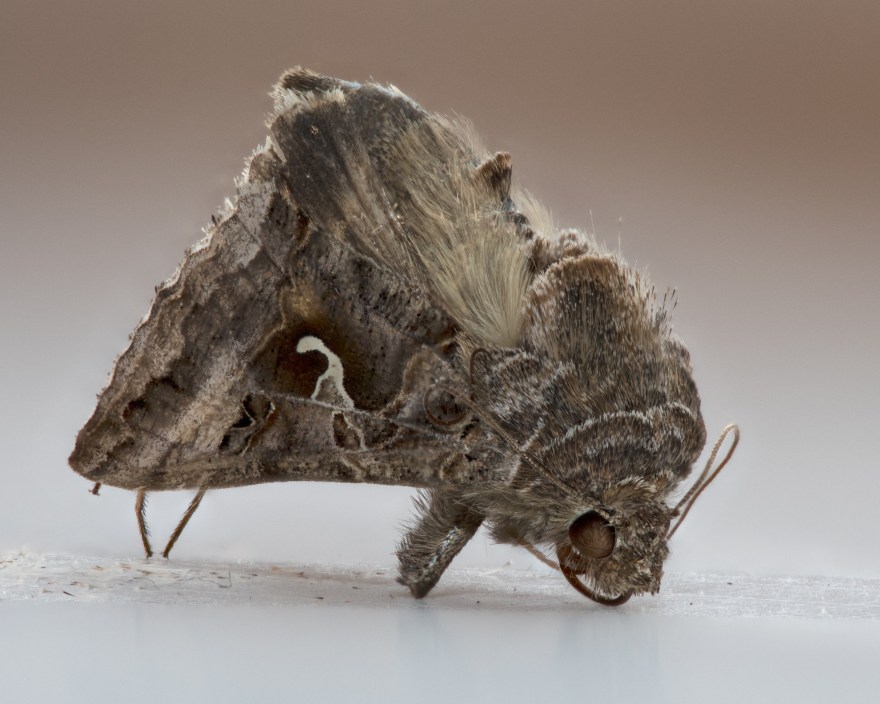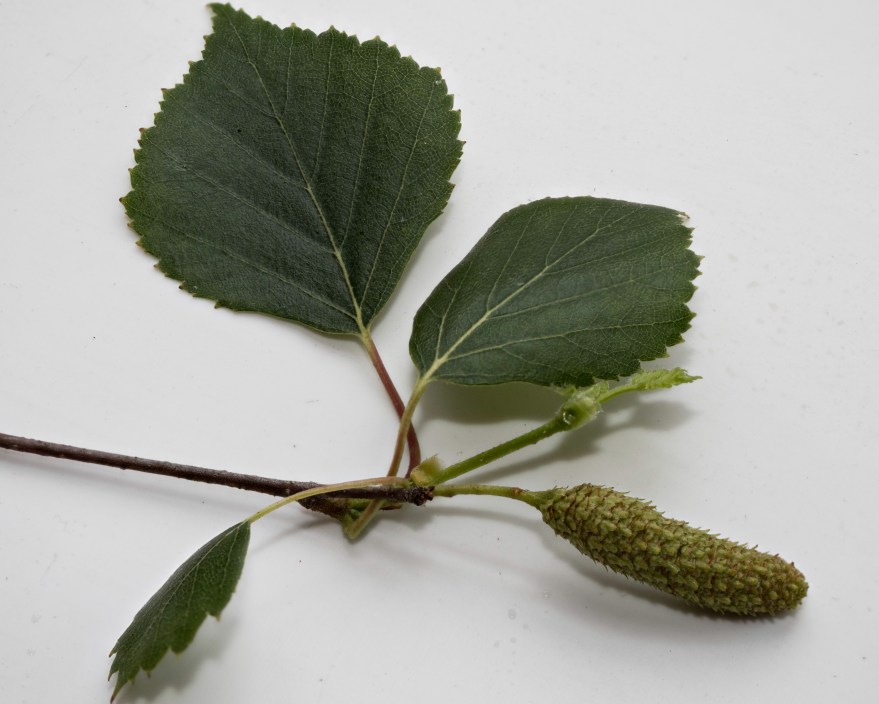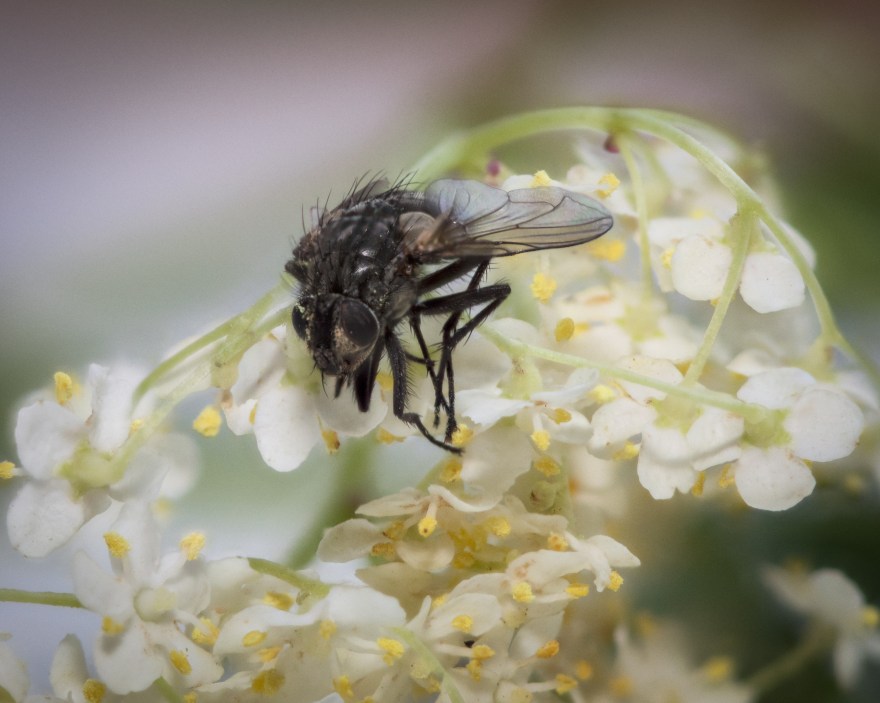In trying to ascertain the species of some of the insects I had photographed with a macro lens, I stumbled across the work of John Hallmen and was utterly awestruck. I couldn’t understand how it was possible to obtain such clarity across the entire depth of field without diffraction. As I read an interview with him and subsequently visited his website I learned he uses photo stacking and uses sometimes over 50 images to obtain one. The image below is an example of extraordinary work Hallmen does in the field and in studio uses both natural and augmented light sources. He then uses Zerene Stacker to process the series of images.

Completely fascinated by this process and the prospects for my practice I obtained Zerene Stacker and set about experimenting. As luck would have it on this rainy day, I found a dead moth on one of my window sills and it was a perfect subject for experimentation as it was not about to move. Tripod, flash, cable release and a 100mm f2.8 lens on my Canon 5D MkIV and off we went. A total of 18 images in minutely different focal planes were taken at a slightly oblique angle of this moth which is about 2cm in length. Results of my first attempt are below and quite impressive.

My experiments continued with flowers and a fly.



This is definitely a valuable technique to employ along with macro photography. I am looking forward to experimenting with it in landscape work as well. There might be some interesting effects possible with ND filters and longer exposures at various focal depths and then stacking.
John Hallmén. (n.d.). Retrieved July 8, 2018, from http://www.johnhallmen.se/2016/4/25/morning-stretch

Really great Ash!!
LikeLike